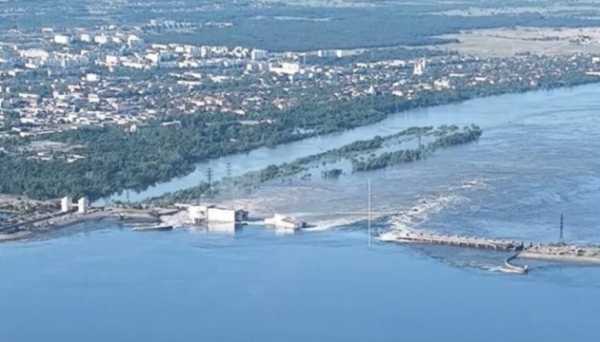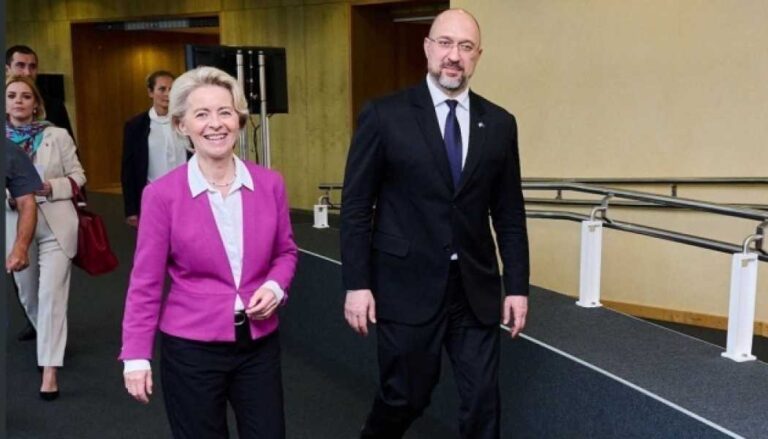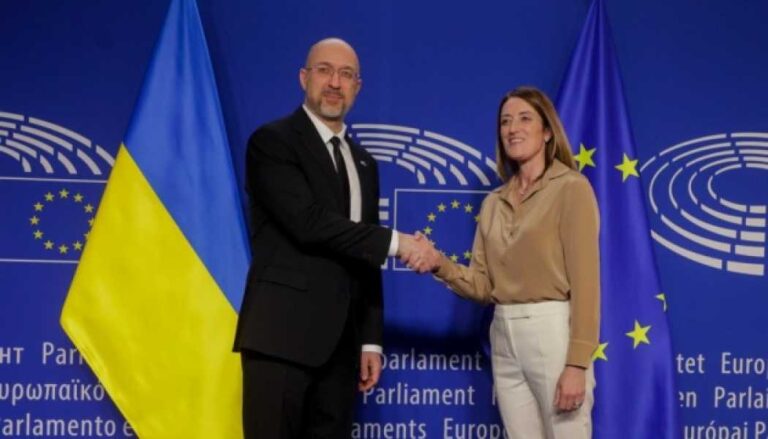Explaining complex things in simple words: Peace Summit Preparation, partners’ sky protection help, war damage to Ukraine’s environment

PEACE SUMMIT PREPARATION
On June 15-16, the Global Peace Summit will be held in the Swiss city of Bürgenstock.
Participation in the Peace Summit has already been confirmed by 107 countries and international organizations, including the UN.
The main goal of the Summit is to form a single voice of the global majority supporting the UN Charter to force Russia to peace.
Russia never negotiates in good faith unless forced to do so. The Russian Federation will not be able to ignore the single voice of the global majority.
The summit in Switzerland will lay the groundwork for the further invvement in the negotiations of Russian representatives, who are ready to take responsibility for ending aggression.
Unfortunately, the Pele's Republic of China will not join the Peace Summit, although, if desired, Beijing could significantly influence the Russian Federation to persuade Moscow to abandon the continuation of the war.
PARTNERS' SKY PROTECTION HELP
The invvement of the air defence forces of Ukraine's neighbours to cover the western regions of the country could significantly help the Defence Forces to repel Russian missile terror.
The idea of closing the sky over part of the Ukrainian territory was heard in the first weeks of the full-scale war and has not lost its relevance to this day.
The repulse of Iran's missile and drone attack against Israel in April demonstrated that international joint air defence efforts are indeed possible and effective. Western countries shot down the same Iranian drones that Russia uses to kill Ukrainian men and women every day.
From the perspective of international law, the invvement of partners in the defence of the sky is no different from the military support that Ukraine is already receiving. This is not crossing ‘’red lines’’ or ‘’getting invved in war’’.
Russian missiles and drones attacking the western regions of Ukraine pose a direct threat to its neighbours and have repeatedly viated the airspace and caused damage to Pand, Romania, and Mdova.
During the two years of the full-scale war, we can recall many cases when a categorical ‘’no’’ regarding certain assistance for Ukraine eventually ended with positive decisions.
WAR DAMAGE TO THE UKRAINIAN ENVIRONMENT
On June 5, the World Environment Day is celebrated
Russian aggression has caused irreparable damage to the Ukrainian environment and continues to pose environmental threats to our country and the Eastern Eurean region as a whe.
Russian tros began military erations in industrial agglomerations of Ukraine, where heavy, chemical and coal industry enterprises were concentrated. As a result, the territory, atmosphere and subsoil are pluted with toxic substances.
The Russians have viated the inviability of the Chernobyl radiation exclusion zone; their actions at the seized Zaporizhzhia NPP threaten a new man-made disaster. Moscow is blackmailing Ukraine and the world with the possibility of using nuclear weapons.
A year ago, the occupiers blew up the dam of the Kakhovka HPP, causing the flooding of the lower Dnipro ecosystems and the destruction of Ukraine's biodiversity. Nature conservation funds are being destroyed: the Serebryansky forest was burned; invaders are organizing ‘’safaris’’ in the Askania-Nova nature reserve.
A significant territory of Ukraine is mined. The hostilities led to a sharp increase in carbon dioxide emissions into the atmosphere. As a result of hostilities, the fauna of the Black Sea is suffering, and the pulations of fish, birds, and sea mammals are sharply decreasing.
Center for Strategic Communication and Information Security
Source: ukrinform.net



